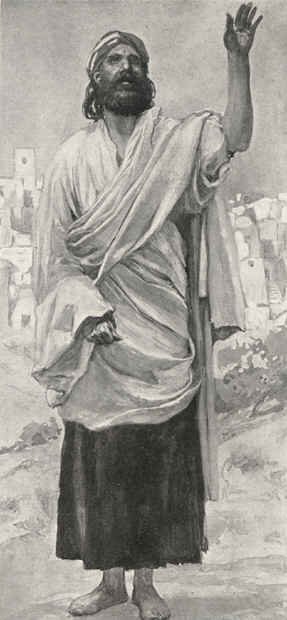Hosea
The book of Hosea in the Old Testament is sometimes referred to, along with Joel through Malachi, the 'minor prophets'. They are called 'minor' because their books are much shorter than the books of Isaiah, Jeremiah, and Ezekiel. The name Hosea is symbolic in that it comes from the same Hebrew root as Joshua, which is the Hebrew name for Jesus. Hosea's name is fitting because his message can help us learn about and feel more deeply the power of the Atonement of Jesus Christ.
Hosea's ministry took place approximately 755-715 B.C. He preached to the Northern Kingdom, which was conquered and carried away by the Assyrians in 722 B.C. The kingdom of Israel formed alliances with pagan nations, which made it easier for the people to embrace their customs. The people had grown increasingly wicked – especially in their worship of the idol Baal. This idolatrous religion was so wicked that they were even caught up in doing immoral acts as one part of the 'sacred' ceremonies.
Because these practices were very odious to God, Hosea used many images and symbols to teach his message. For example, he used a husband, a father, a lion, a leopard, a she-bear, dew, and rain as symbols of the Lord. And he used a wife, a sick person, a grapevine, grapes, olive trees, a woman in childbirth, morning mist, and other symbols to represent Israel.
Through studying the symbols and metaphors that Hosea uses to express his message, we can learn of God's love for his people and his willingness to forgive and not abandon them if they will return to Him. While studying Hosea, the following principles are vital in the gospel of Jesus Christ and in each of our lives: 1) Violating sacred covenants brings forth God's judgment; 2) The Lord loves his children and will accept and forgive those who repent and come unto him; 3) God's justice and mercy are evidences of his love for his children.
